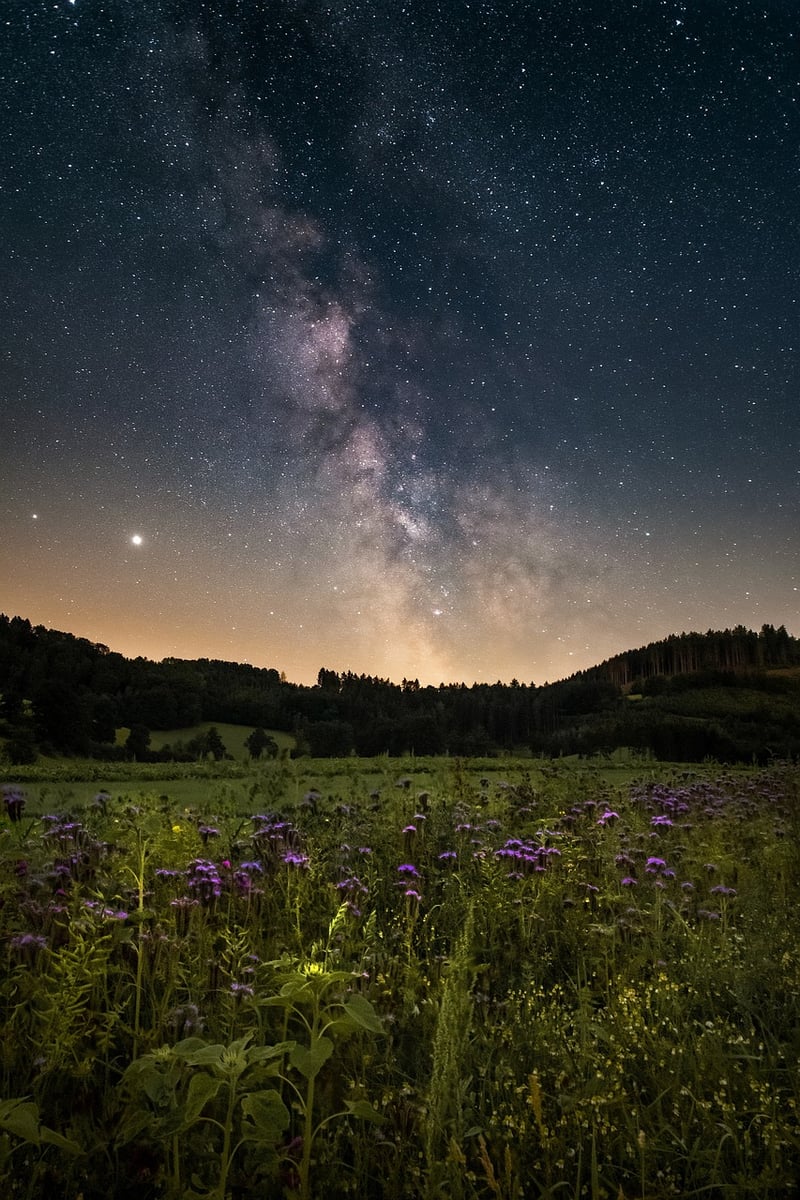Galactic Phenomena
Unveiling the Unknown: Galactic Phenomena
Exploring the vast expanse of the universe has always been a fascination for humanity. The cosmos, with its myriad of mysteries and phenomena, continues to astound scientists and stargazers alike. Let's delve into some of the mesmerizing galactic phenomena that adorn our night sky.
1. Black Holes
Black holes are regions in space where gravity is so intense that nothing, not even light, can escape its grasp. These cosmic entities result from the remnants of massive stars after they collapse. Despite their invisible nature, their presence can be inferred by the effects they have on surrounding matter and light.

2. Nebulae
Nebulae are vast clouds of dust, hydrogen, helium, and other gases where new stars are born. These stunning formations come in various shapes and sizes, emitting vibrant colors that captivate the observer. The iconic Eagle Nebula and the Orion Nebula are popular examples of these celestial beauties.

3. Supernovae
Supernovae are colossal explosions that occur at the end of a star's life cycle. During a supernova event, a dying star becomes incredibly bright, outshining entire galaxies for a brief period. These events are crucial for the dispersal of heavy elements into space, which eventually contribute to the formation of new stars and planets.

4. Pulsars
Pulsars are highly magnetized, rotating neutron stars that emit beams of electromagnetic radiation. These beams are observed as pulses at regular intervals, hence the name pulsars. They are incredibly precise timekeepers, rivaling atomic clocks in accuracy. Pulsars are remnants of massive stars that have undergone supernova explosions.

Embark on a cosmic journey to witness these awe-inspiring galactic phenomena that shape the tapestry of our universe. The more we explore, the more we uncover the beauty and complexity of the cosmos.
Keep looking up to the stars and let the mysteries of the universe ignite your curiosity!
